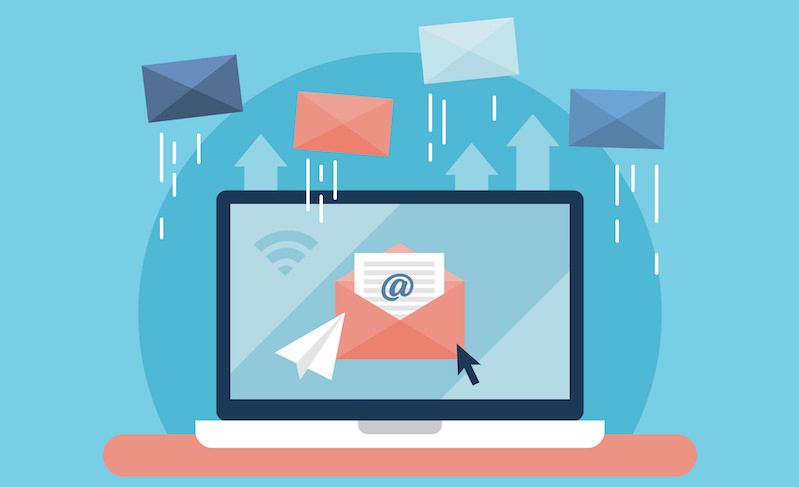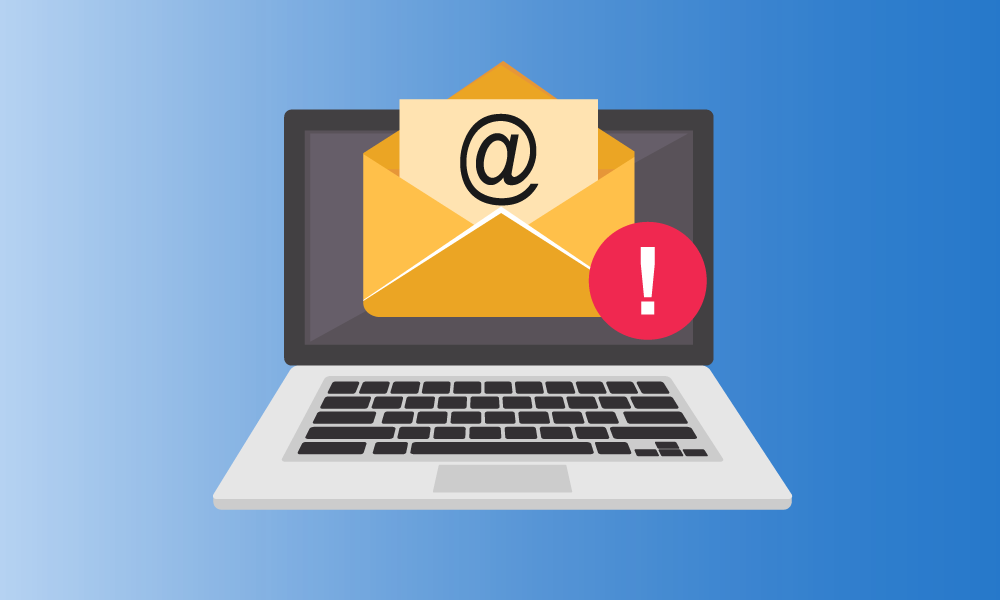Email marketing is a powerful tool for businesses to connect with their audience and drive engagement. However, one common challenge that email marketers face is bounce mail. Understanding what bounce mail is and how to address it is crucial to maintain a healthy email deliverability rate and maximize the effectiveness of your email marketing campaigns. In this expert guide, we will dive deep into the world of bounce mail, its causes, solutions, and best practices to help you overcome this hurdle and achieve better email deliverability.
What is Bounce Mail?

Bounce mail refers to email messages that are returned to the sender without being delivered to the intended recipient's inbox. When an email bounces, it means that the email server encountered an issue while attempting to deliver the message. Bounce mail can be classified into two types: hard bounce and soft bounce.
Hard Bounce vs. Soft Bounce

Hard Bounce:
A hard bounce occurs when an email cannot be delivered due to a permanent error. Some common reasons for hard bounces include:
- Invalid or non-existent email address
- Blocked or blacklisted email server
- Domain name does not exist
Soft Bounce:
A soft bounce happens when an email cannot be delivered temporarily. Soft bounces are typically caused by temporary issues, such as:
- Recipient's mailbox is full
- Email server is temporarily unavailable
- Email message is too large
Causes of Bounce Mail

There are several factors that can lead to bounce mail:
- Invalid or mistyped email addresses: Sending emails to non-existent or incorrectly formatted email addresses can result in hard bounces.
- Blacklisted or blocked IP addresses: If your email server's IP address is blacklisted or blocked by recipient servers, your emails may bounce.
- High complaint rate: If your email campaigns receive a significant number of spam complaints, it can negatively impact your email deliverability and result in bounces.
- Technical issues: Temporary technical issues with the recipient's email server or your own email server can lead to soft bounces.
Dealing with Bounce Mail
Effectively handling bounce mail is crucial to maintain a good sender reputation and maximize email deliverability. Here are some recommended solutions:
1. Regularly clean your email list:
Regularly review and update your email list to remove invalid or inactive email addresses. Use email validation tools or services to identify and remove problematic addresses.
2. Monitor bounce rates:
Keep a close eye on your bounce rates and identify any significant increases. High bounce rates can indicate underlying issues that need to be addressed promptly.
3. Implement double opt-in:
Use a double opt-in process to verify email addresses and ensure that subscribers have confirmed their intent to receive emails. This helps to reduce the likelihood of invalid or mistyped email addresses being added to your list.
4. Follow best email sending practices:
Adhere to email-sending best practices, such as providing clear unsubscribe options, honoring opt-out requests, and maintaining a consistent sending frequency.
5. Monitor sender reputation:
Monitor your sender reputation and take necessary actions to improve it if needed. Maintain a good reputation by avoiding spam complaints and engaging in ethical email marketing practices.
6. Segment your email list:
Segment your email list based on engagement levels, preferences, or demographics to ensure that your messages are targeted and relevant. This can help to reduce the likelihood of bounces and improve overall engagement.

Frequently Asked Questions
1. How can I differentiate between a hard bounce and a soft bounce?
A hard bounce indicates a permanent delivery failure due to reasons like an invalid or non-existent email address, while a soft bounce refers to a temporary delivery issue, such as a full mailbox or a temporary server problem.
2. Can bounce mail impact my email deliverability?
Yes, bounce mail can have a negative impact on your email deliverability. High bounce rates can signal poor list quality or sender reputation issues, leading to your emails being flagged as spam or blocked by recipient servers.
3. Should I remove all bounced email addresses from my list?
It is recommended to remove hard bounced email addresses from your list as they are likely invalid or non-existent. However, for soft bounces, it is advisable to retry sending to those addresses for a certain period before considering removal.
4. How can I prevent my IP address from being blacklisted?
To avoid IP blacklisting, follow best email sending practices, monitor your sender reputation, promptly address complaints, and ensure that you have proper authentication mechanisms, such as SPF, DKIM, and DMARC, in place.
5. Are there any tools available to help manage bounce mail?
Yes, there are various email service providers and email marketing platforms that offer built-in bounce management tools and reporting features to help you effectively manage bounce mail and improve email deliverability.
Conclusion
Bounce mail can pose challenges for email marketers, but with a solid understanding of its causes, solutions, and best practices, you can effectively manage bounce rates and improve email deliverability. By regularly cleaning your email list, monitoring bounce rates, following best email sending practices, and maintaining a good sender reputation, you can reduce bounce mail and maximize the impact of your email marketing campaigns. Implement these strategies and best practices to ensure that your emails reach the intended recipients and drive meaningful engagement.



